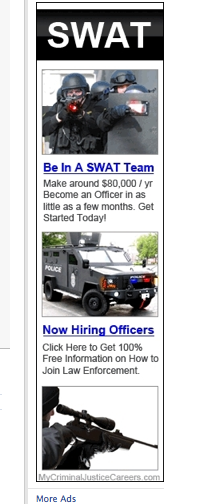Are social media sites the agents driving us all into slave labor creating the means for marketers to oppress us? Or can marketers be smarter than that?
Instead, I would argue that only marketers who fail to create relationships need slaves.
The Internet as Playground and Factory conference explored these issues recently, and at first blush, an excerpt like this gives us all the willies, doesn't it?
Only a small fraction of the more than one billion Internet users create and add videos, photos, and mini-blog posts. The rest pay attention. They leave behind innumerable traces that speak to their interests, affiliations, likes and dislikes, and desires. Large corporations then profit from this interaction by collecting and selling this data. Social participation is the oil of the digital economy. Today, communication is a mode of social production facilitated by new capitalist imperatives and it has become increasingly difficult to distinguish between play, consumption and production, life and work, labor and non-labor.
Am I a slave right now, blogging and tweeting and mentioning brand names and leaving a trail of data crumbs all over the interwebs? True, all the data the "slaves" create is fodder for data-driven marketing. Tracking people across social media, .com properties, searches and video views, it all becomes the cloud that companies are seeking to profit from.
Many of these approaches create highly interesting optimization problems. However, I would claim that we cannot reduce all marketing to an optimization problem.
1. You can't optimize awareness- if you want people everywhere to know what you are doing, this will cost you in terms of money, people, or time, or frequently all three.
2.Once a user finds you, marketing strategies must combine the use of personalized offers with actual relationships and content. So no matter how many times you test your banner creative to see whether people who saw the "pizza hut and taco bell" video like your banner ad better than people who saw the "Peanut butter jelly time" clip from Family Guy, these correlations do not get people to like you. They're just data.
3. Data in marketing organization often reduces perceived uncertainty about a tactic without really proving it's the right strategy. It's just a better use of money, but spending money without creating relationships is a first class ticket to lowermybills.com.
4. Optimization-driven marketing creates perceived value for middlemen and service providers, and moves dollars around between ad nbetworks, exchanges, publishers, advertsiwers, agencies and niche service providers: it does create valuable relationships with customers.
The Human Relationships forged when your product or sales force take care of the customer, however challenging, last longer than an ad campaign or an agency retainer agreement, and are forgiving of mistakes but not impervious. It's a long-term value play. Some companies play this game well, and many, many, do not. Patience is a virtue.
Hat tip to @kcheyfitz for giving me something to think about this Sunday morning.







![Reblog this post [with Zemanta]](http://img.zemanta.com/reblog_e.png?x-id=927b21aa-348c-41bb-8029-f97c95345eb4)